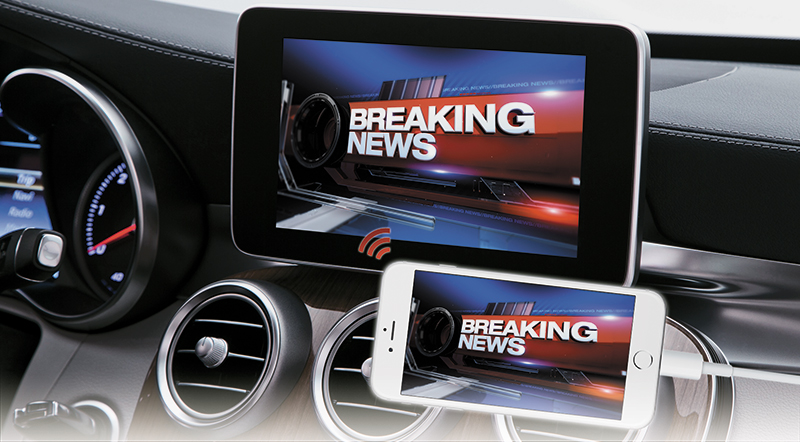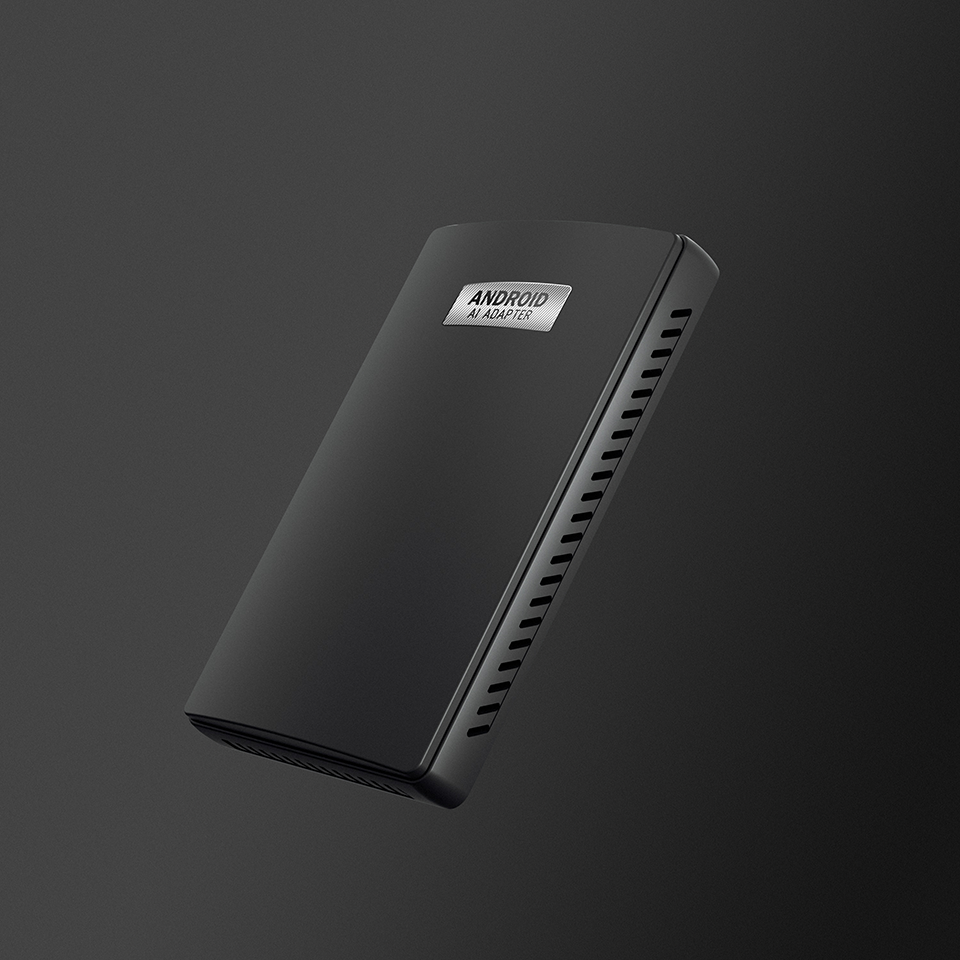
Currently, the technologies related to mirroring technology include Miracast, Apple's AirPlay, Silicon Image's UltraGig (Wireless HD), Intel's WiDi, WiGig Alliance's WiGig, WHDI Alliance's Wireless Digital Home Interface (WHDI), and AMD's AWD. 3.0, MirrorLink of the Car Connectivity Consortium. Except for WiGig and UltraGig, which use the 60 GHz band, other technologies use the 2.4 GHz or 5 GHz common band. In addition, different technologies also use different transmission rates and audio and video format specifications.
Miracast is the Wi-Fi CERTIFIED MiracastTM certification program announced by the Wi-Fi Alliance on September 19, 2012. The protocol is based on other Wi-Fi Alliance infrastructure technologies, including 802.11n, 802.11ac, peer-to-peer connectivity, Wi-Fi Direct, TDLS, WPA2 encryption for security, quality of service (QoS), and traffic management. WMM (Wi-Fi Multimedia) technology, WMM Power Save technology for power-saving mechanisms, and WPS (Wi-Fi Protected Setup) technology for user-configurable networks. The Miracast technology specifies compression on the video using the ITU-T H.264 video coding algorithm.
In the Miracast protocol, there are two types of connected devices, one is the transmitting end, that is, the source (Source). The other is the sink. The receiving end is further divided into a primary receiving end (Primary Sink) and a second receiving end (Secondary Sink), the difference is that the main receiving end supports image or sound output; and the second receiving end only supports sound output.
The main disadvantages of Miracast are the following:
When Miracast works normally, Wi-Fi works in P2P mode, and the source and receiver form a one-to-one connection. That is, when a device establishes a connection with a receiving end, the other device does not see the receiving end, and thus cannot cast a screen. Other devices can only be screened when the device is disconnected. Therefore, the preemption function cannot be achieved.
Miracast encapsulates the UDP transport protocol and does not have a rigorous question and answer mechanism. Therefore, in the actual use process, when encountering interference, it is easy to cause a frame loss phenomenon. In the process of transmission, once the screen appears, the feeling for the user is very bad.
Miracast has been integrated by Android, so the phone comes with a transmitter. However, the startup steps and startup interfaces designed by each mobile phone manufacturer are different, resulting in users who use different mobile phones. The operation methods for opening Miracast are different, and the learning cost is high.
The advantages of Miracast are as follows:
Because Miracast is integrated by the Android system, all Android phones can be used without additional development. In other words, the mobile terminal can mirror the screen without installing any additional APP.

In addition, Miracast is provided by the operating system vendor, so you can get the sound and image data of the Android platform and mirror it to the big screen. In terms of sound transmission, it does have its natural advantages.


.png)
_副本.png)
